
Brasilia in two days
Inaugurated in 1960, Brasilia was born to be monumental: a living open-air museum with original architectural works that take full advantage of the curves and adaptability of concrete. Not surprisingly, the city was named a UNESCO Cultural Heritage of Humanity site. Designed in the shape of an airplane, the headquarters of the executive, legislative, and judicial branches are located in the “cabin,” while the North and South wings are home to dozens of “superblocks,” where residential buildings co-exist with generous green areas and excellent local services and commercial spaces.
By: Juan José Vallejo
Photos: Juan José Vallejo and Javier A. Pinzón
First Day
08:00 a.m. – Local Breakfast
Our tour begins with coffee and accompaniments at Casa Almería, a pleasant combination of restaurant, bakery, emporium, confectionery, and take out provider located in the South wing of the city. Casa Almería offers a variety of local snacks to go with their excellent coffee. Check out the tapioca, a type of crepe made with granulated cassava starch and stuffed with a variety of fillings.
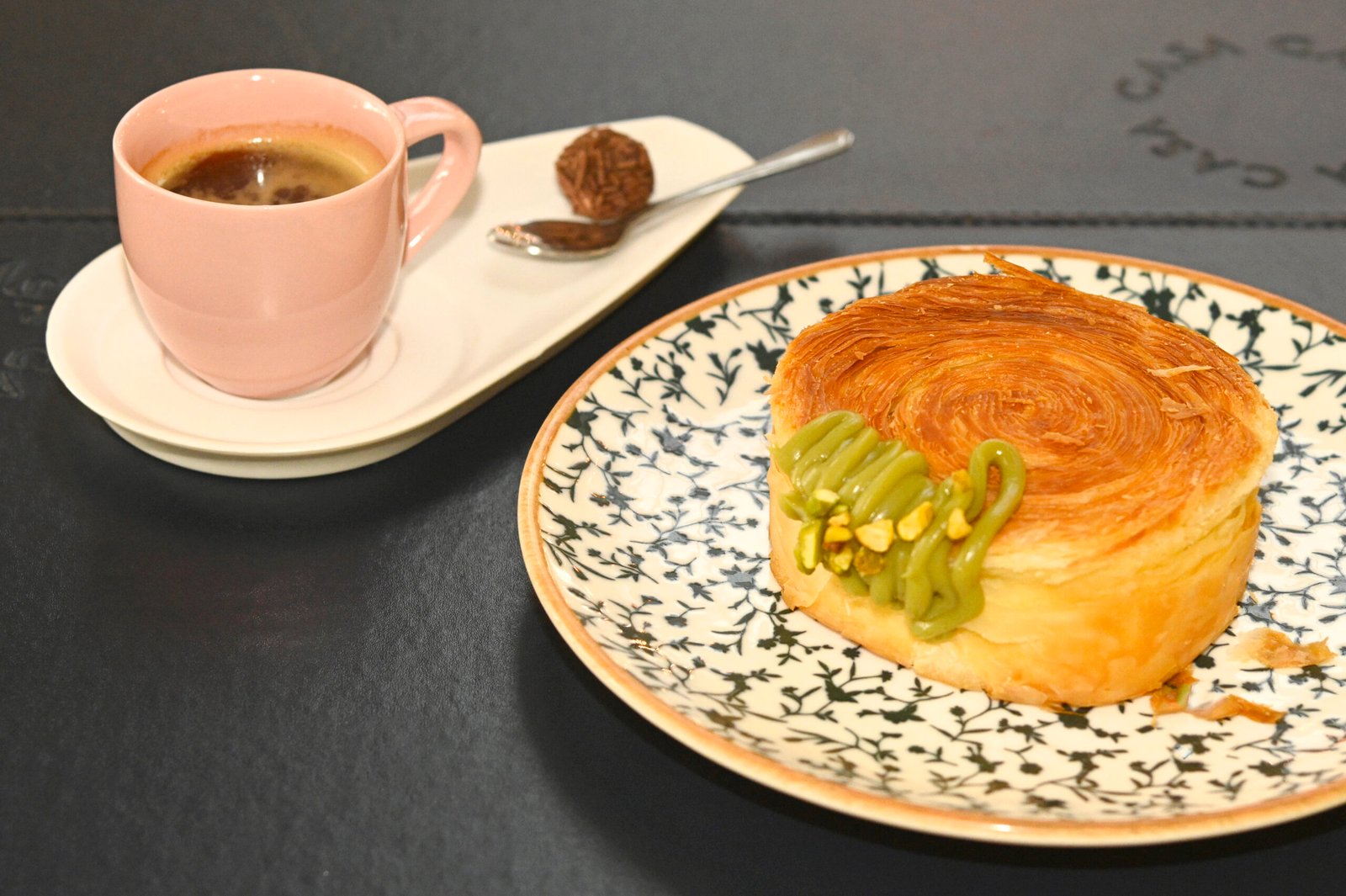
10:00 a.m. – Dom Bosco Sanctuary
From Casa Almería it’s a 13-minute walk to the São João Bosco Sanctuary, an incredible 23,680-square-foot enclosure with stained glass windows in various shades of blue that make you feel like you’re in heaven. Hanging in the center is a beautiful chandelier nearly 13 feet high that was made from 7,400 pieces of Murano glass. Bosco, the Italian saint and founder of the Salesian Congregation, is considered the second patron saint of Brasilia. He dreamed of the creation of the city in 1883, almost 80 years before the Brazilian capital was constructed.
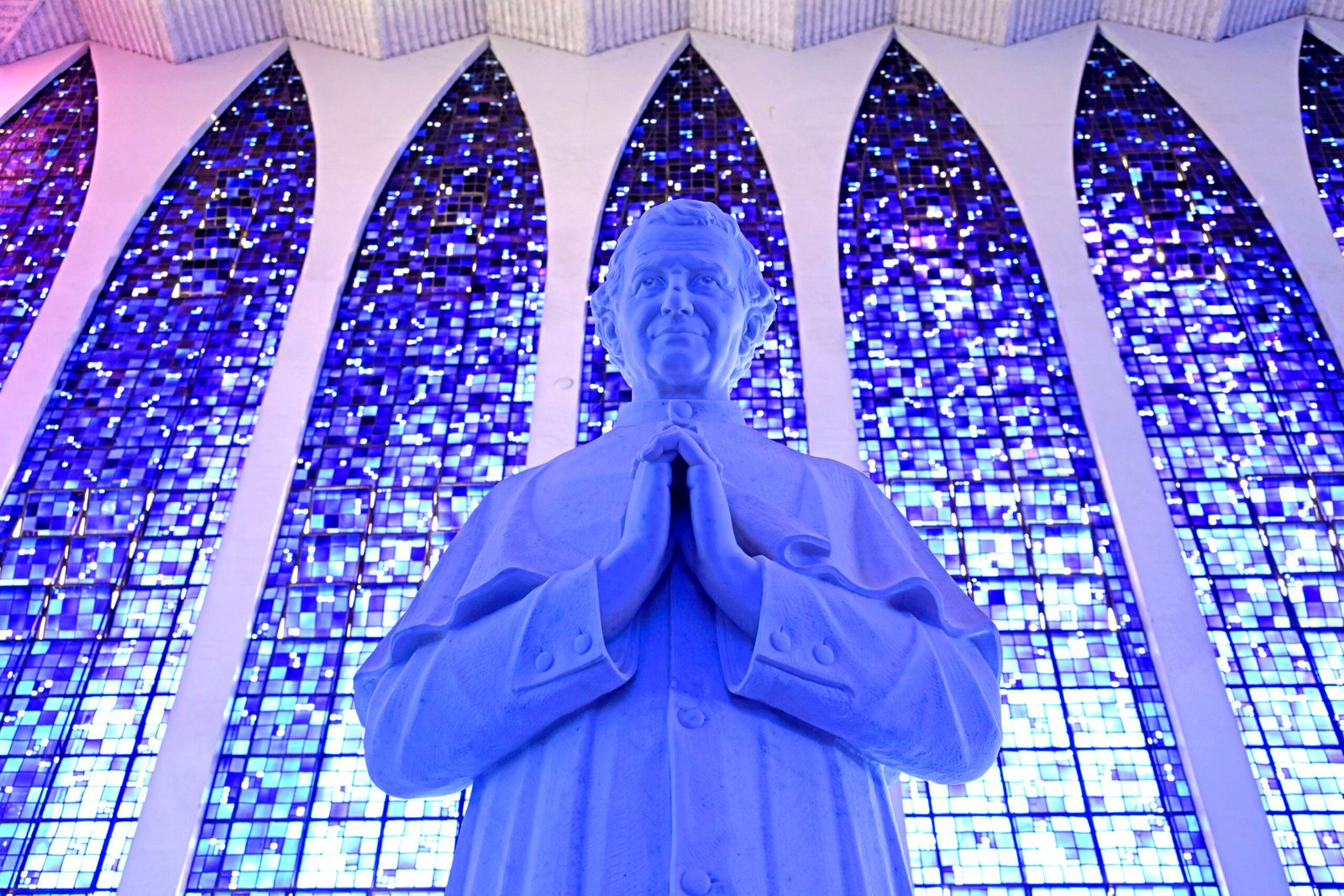
11:00 a.m. – Model Residential Block
Although this isn’t a religious tour, a visit to the small Nossa Senhora de Fátima Church, about two kilometers from the São João Bosco Sanctuary, is essential. The church, inspired by a cornette —the type of headdress worn by the Little Sisters of Charity until 1964— was created by architect Oscar Niemeyer, who created many of the city’s monumental works. It is an invitation to quiet contemplation. Built in 1958, it was the capital’s first brick building.
Nearby are the 307 and 308 South residential “superblocks,” examples of a housing concept that combines quality of life with abundant greenery and encourages interaction between neighbors. The superblocks are made up of eleven buildings, each with six floors, served by community spaces such as a library, a club, schools, and a church, with several commercial streets conveniently located very close by. After exploring these superblocks, choose one of the local restaurants for a delicious lunch.
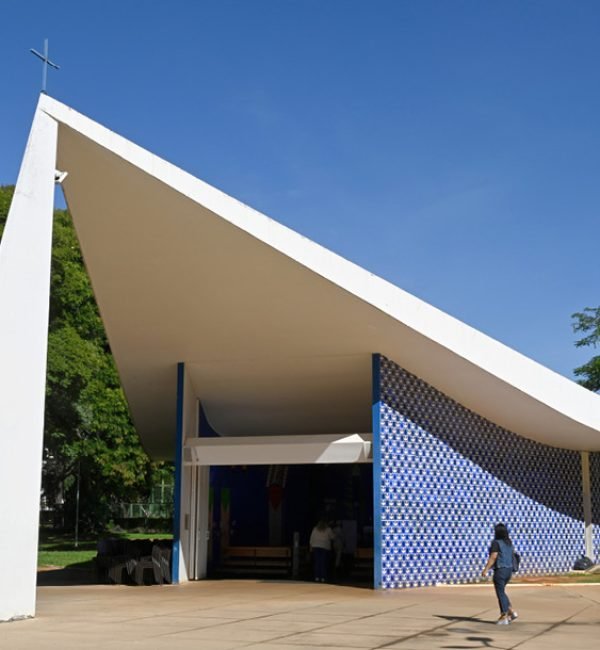
2:00 p.m. – Civic Tourism
Don’t miss a visit to the Itamaraty Palace, headquarters of the Ministry of Foreign Affairs and one of architect Oscar Niemeyer’s masterpieces. Inside the building are key works by many Brazilian artists; the beautiful interior courtyards, created by landscape architect Roberto Burle Marx, are filled with Brazilian flora. Reserve in advance. Itamaraty is five minutes away from the national congress building, which shares the Plaza de los Tres Poderes (Three Powers Plaza) with the beautiful Planalto Palace, headquarters of the executive branch. Across the way is the federal supreme court. Each building occupies a corner of an equilateral triangle. In the same plaza, and also worth visiting, is Espaço Lúcio Costa, where a huge model of the Brasilia is exhibited along with several interesting facts about the construction of the city.
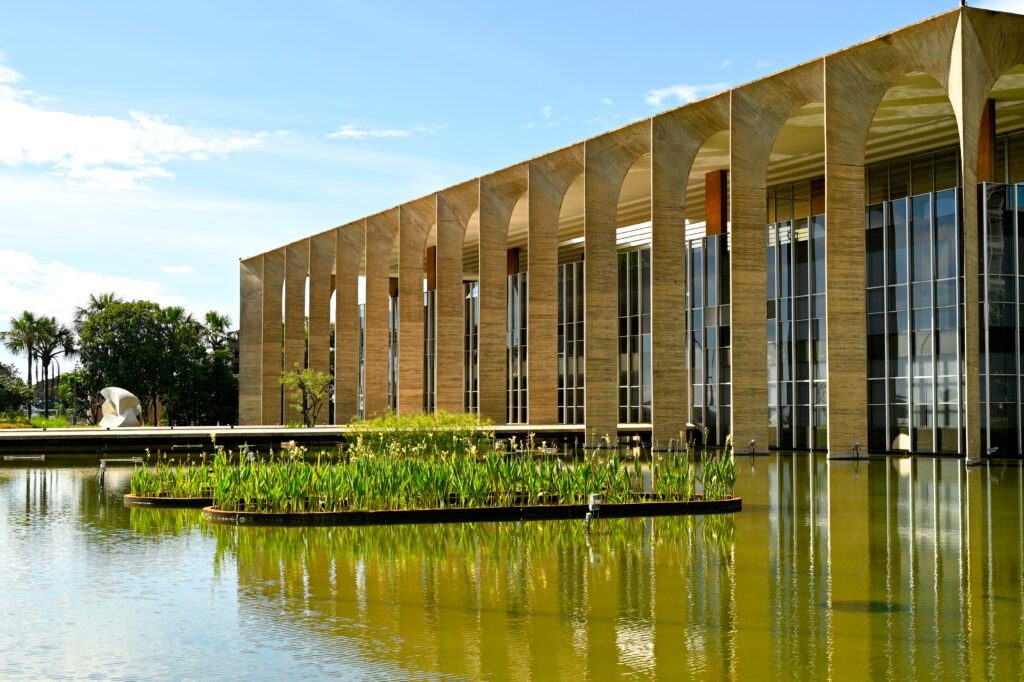
04:00 p.m. – Two Surprising Works
Returning along Esplanada dos Ministérios you reach another icon of Brazilian modernism: the Brasilia Cathedral, made up of sixteen arches that join together to form an image of hands extended toward the sky. Its large interior features suspended angels and exquisite stained glass. Next to the Cathedral is the National Museum of the Republic, a curious hemispherical construction that provokes the imagination: some see it as the planet Saturn, others as a spaceship. But now it’s time for a break. You need a chance to rest so you can enjoy the evening’s cultural programming.
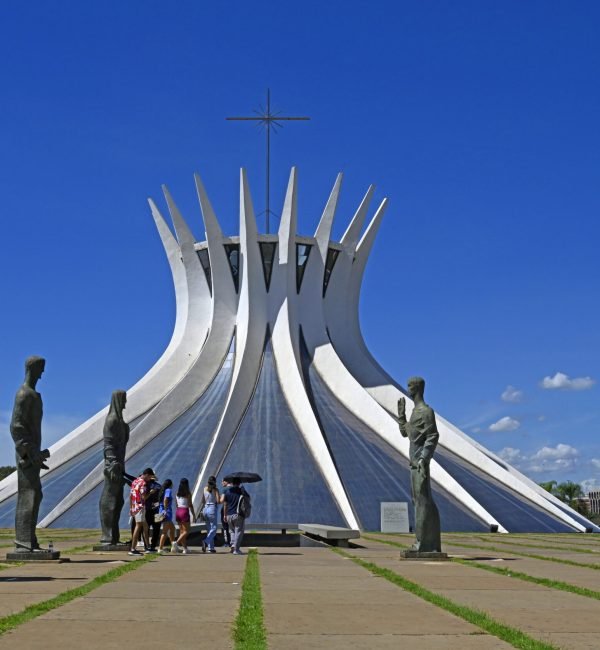
8:00 p.m. – Clube do Choro
Near the hotel sector is the famous Clube do Choro—dedicated to this traditional Brazilian musical style— where artists from all over the country perform. Check the schedule and enjoy the opportunity to hear lots of music, see lively people, and take advantage of culinary options.
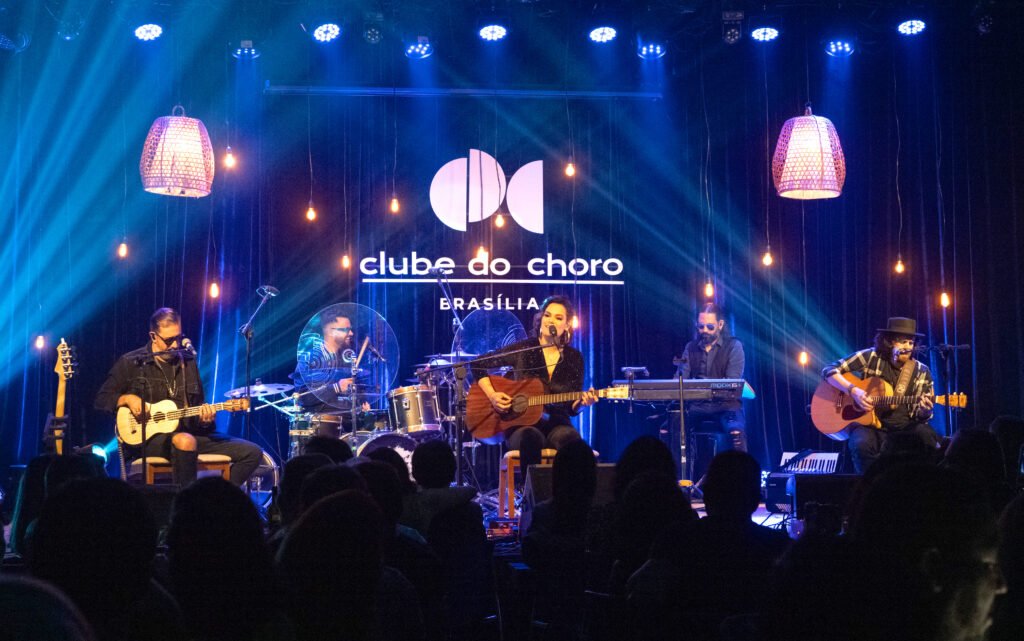
Second Day
09:00 a.m – Parque Agua Mineral
After the previous day’s packed agenda, it’s best to spend this morning in Brasilia National Park, which is located about six miles from the city center. It’s affectionately called Agua Mineral; bring your swimsuit to enjoy the two huge pools of pure, crystalclear water filled by the springs in the forest surrounding the park. A walk along the park’s two forest trails is also worth your while, as you’ll catch sight of the numerous sapajus, or capuchin monkeys, that inhabit the place and have learned to steal food from distracted visitors.
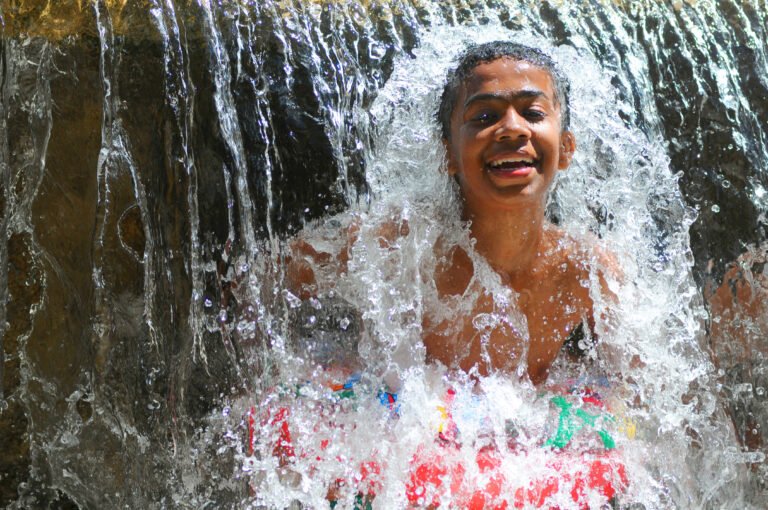
01:00 p.m – Lunch at Mané Market
After the park, stop by the Mané Market near the hotel sector. Its eighteen restaurants complement each other well and offer an unusual culinary variety featuring both local and international cuisine. Choose, savor, and refuel before the tour continues in the afternoon.

03:00 p.m. – TV Tower
It’s time for the traditional climbing of Television Tower, which is very close to Mané. The viewpoint located 243 feet up this 735-foot tower provides a 360º view of the capital. Strategically located in the center of everything, the tower offers a great look at the city’s urban plan, main architectural landmarks, and the City Park, a huge green space that was once a desert. From here, you can shop at the touristy Feira da Torre de TV, where you’ll find a veritable mosaic of crafts and goods from every corner of the country sold at dozens of kiosks.
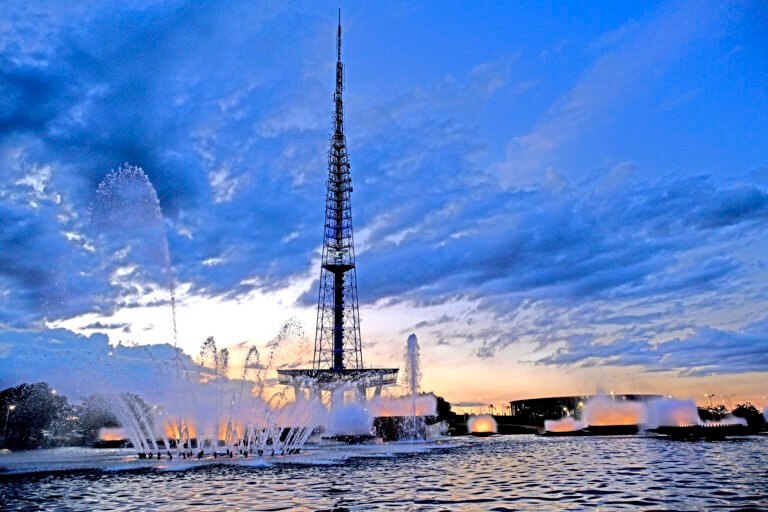
05:00 p.m. – Pontão do Lago Sul
We end our tour at Pontão do Lago Sul, an exceptional place on the shores of Lake Paranoá. The lake was built before work began on the new capital to increase humidity in the air of Brazil’s then-desert central plateau. Lake Paranoá’s 30 square miles embrace the city and are a favorite place for fun, rest, and tourism in the capital. After a boat ride on the lake, choose from the 10 restaurants at Pontão do Lago Sul. Your farewell dinner will be even more meaningful with the beautiful night view of Brasilia. This is only a small sample of what Brasilia has to offer. If you have more time, look for a Tourist Service Center (CAT is the Portuguese acronym) to learn about more options in this extraordinary, unparalleled city.
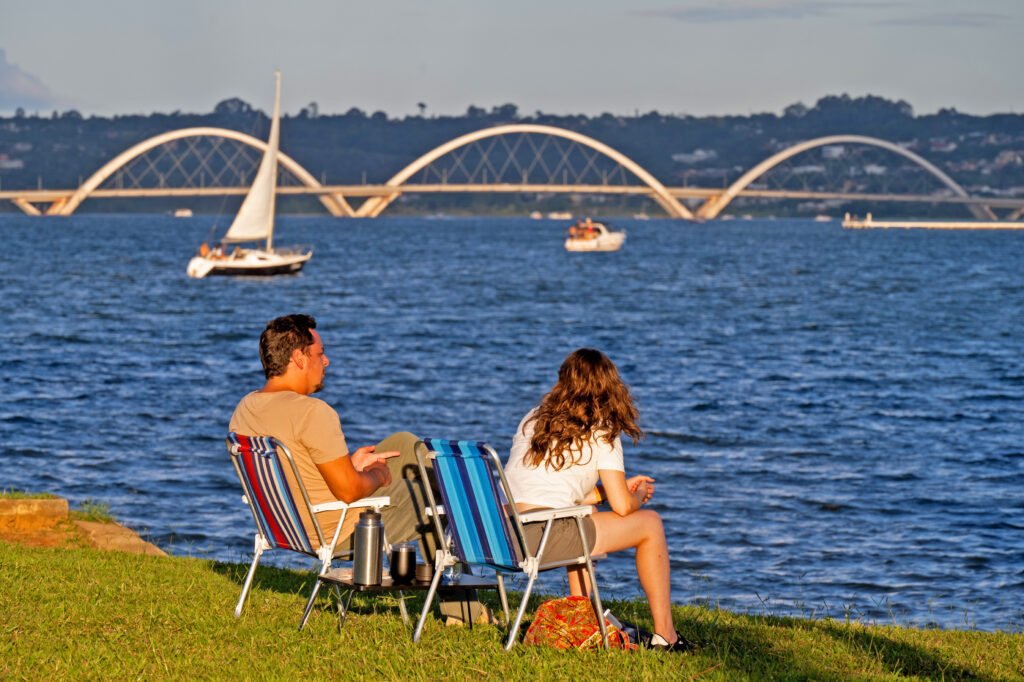
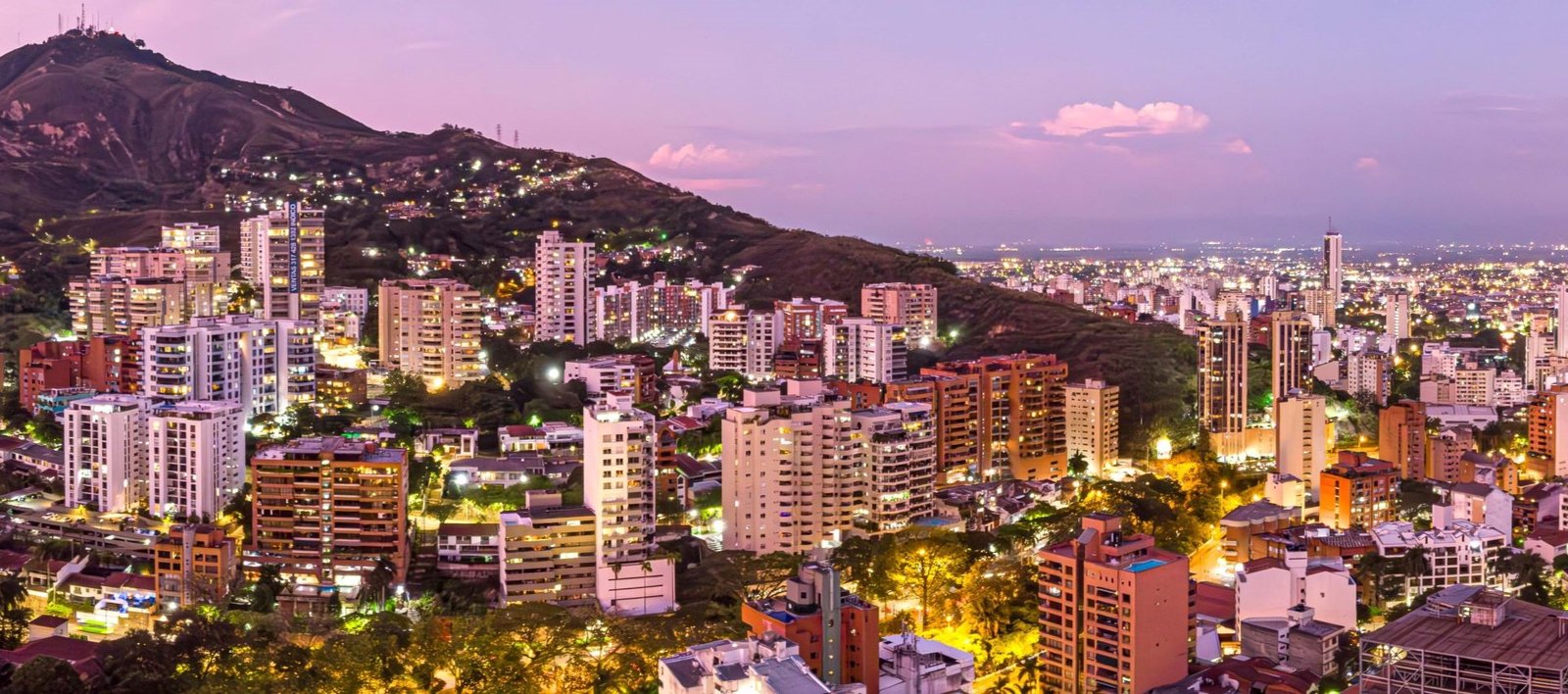
Leave a Reply